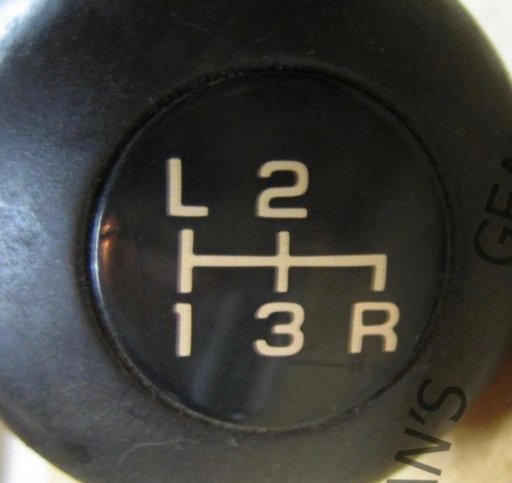
Explorer I
Hey all,
I was just discussing with some friends earlier the benefits of having something like a 10 speed trans vs something like a 4 speed trans for on road use. It seems some people don't quite understand what having more gears mean, assuming more gears mean lower or higher rpm? Which makes no sense. While it can help get you closer to a target rpm and make it more efficient, it won't change the rpm it can run at. They also put a 10 speed in the Camaro ZL1 (top spec) which shows it's also useful for keeping the rpm in the power band when needed. Also note that lower rpm is not always better mpg, only to a point. That's why when you regear after adding all those heavy mods and bigger tires, your rpm goes up (without adding gears) and you can often get better mpg because it's not struggling to pull the weight anymore. While I can understand all this for on street, I was starting to wonder how these high gear count transmission handle off road.
I have never driven anything more than 4 gears off road so I was wondering if anyone else has. I imagine you would be shifting a lot more if you have that controll (manual or sport shifter) or if it's auto, they might be pretty good if they shift quick and smooth. But if anyone has experience with both high and low gear count transmissions for off road, I'd like to know your input.
I was just discussing with some friends earlier the benefits of having something like a 10 speed trans vs something like a 4 speed trans for on road use. It seems some people don't quite understand what having more gears mean, assuming more gears mean lower or higher rpm? Which makes no sense. While it can help get you closer to a target rpm and make it more efficient, it won't change the rpm it can run at. They also put a 10 speed in the Camaro ZL1 (top spec) which shows it's also useful for keeping the rpm in the power band when needed. Also note that lower rpm is not always better mpg, only to a point. That's why when you regear after adding all those heavy mods and bigger tires, your rpm goes up (without adding gears) and you can often get better mpg because it's not struggling to pull the weight anymore. While I can understand all this for on street, I was starting to wonder how these high gear count transmission handle off road.
I have never driven anything more than 4 gears off road so I was wondering if anyone else has. I imagine you would be shifting a lot more if you have that controll (manual or sport shifter) or if it's auto, they might be pretty good if they shift quick and smooth. But if anyone has experience with both high and low gear count transmissions for off road, I'd like to know your input.






